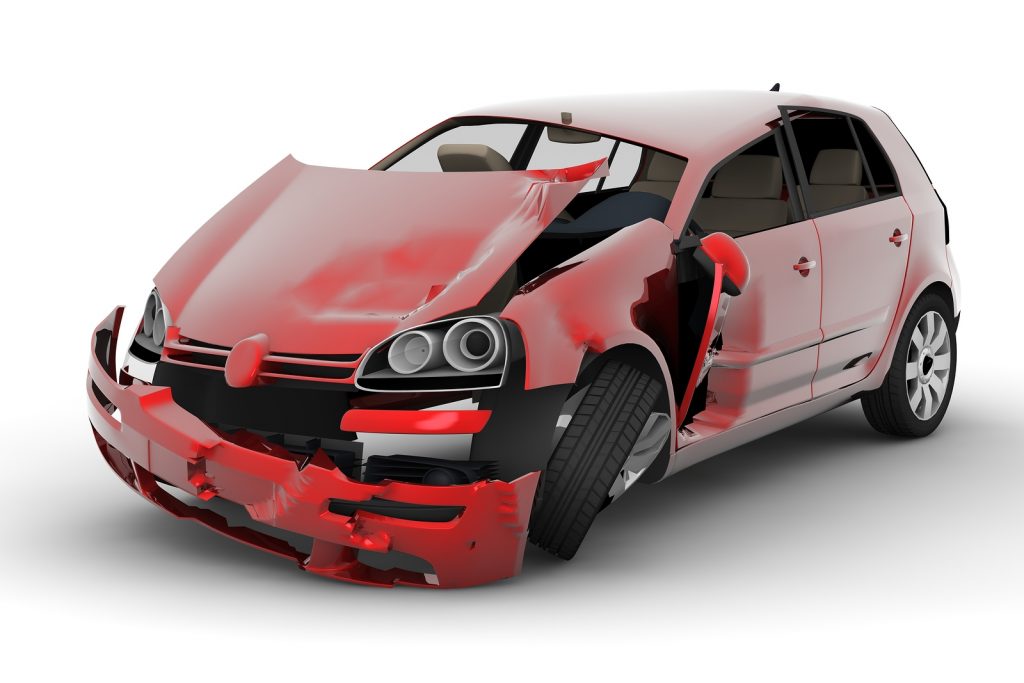There are certain types of injuries from car, truck and pedestrian accidents that are obvious. If you have suffered a broken bone, bruising, cut or other obvious physical injuries it is not difficult to make sure that the injuries are identified, diagnosed and properly treated.
“Hidden Injuries”
However, there are certain types of common injuries from car, truck and pedestrian accidents that are not physically obvious. These types of “hidden injuries” often take longer to develop. The injured person may not become aware of the symptoms from the injury until days, weeks, or even months after the accident.
Furthermore, the most common types of diagnostic tools that doctors use (x-rays, MRI machines, CT scans) are often not sensitive enough to discover the most common types of “hidden” injuries.
Connective Tissue Injuries (“Whiplash”)
Connective tissue injuries are caused by the stretching or tearing of connective tissues (muscles, ligaments and tendons) caused by the force of impact of the car crash between your vehicle and another object.
These types of injuries are often referred to as “soft tissue” injuries or “whiplash”.
To call something a soft tissue injury implies that the injury is insignificant. However, if you keep in mind that the only “hard tissues” in the body are your bones and your teeth, you understand that soft tissue injuries include injuries to the brain and all of your internal organs. In other words, soft tissue injuries can include brain injuries and lacerated organs and internal bleeding.
Whiplash is defined by the Institute for Highway Safety as:
“A range of neck injuries related to sudden distortions of the neck that commonly occur in rear end crashes.”Whiplash is caused by the sudden, sometimes violent, forward and backward movement of a driver or passenger’s head and neck when their car is hit by another vehicle.
Whiplash injuries are generally classified into four categorizes known as Whiplash Associated Disorder. Injuries from whiplash can range from minor strains or sprains up to injuries that include nerve damage and even permanently disabling injuries due to ruptured ligaments and fractured vertebrae.
Symptoms Develop Over Time
The initial symptoms of connective tissue injuries generally don’t present themselves until 24-72 hours after the initial trauma. In other words, you may appear to be perfectly fine when you are examined in the emergency room department an hour after the car accident. But within two days of the accident you could be seriously disabled because of the consequences of connective tissue injuries.
Concussion – Minor Traumatic Brain Injury
Concussions are a common injury from car accidents. Unfortunately, the signs and symptoms of a concussion are subtle and are often missed by paramedics and ambulance attendants and even by medical professionals treating the patient in the hospital.
It is important to remember that a concussion is a brain injury. According to the Brain Injury Association of America a minor traumatic brain injury is defined as: “a physical injury to the brain that causes a disruption of normal functioning”.
For more information about minor traumatic brain injury and concussion you can take a look at these resources:
Understanding How the Brain Works











